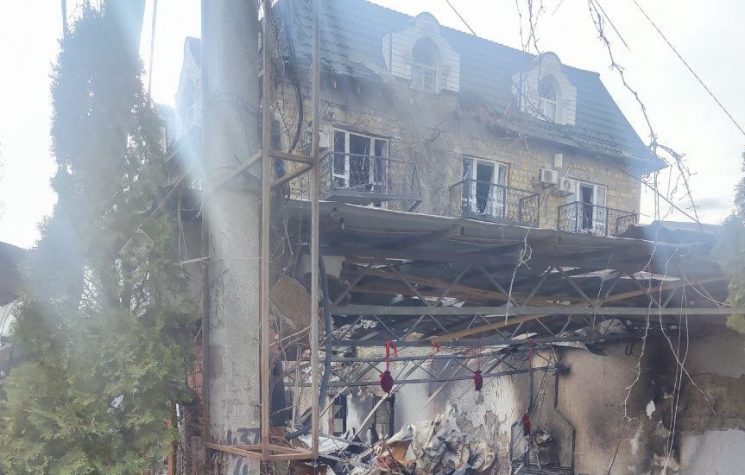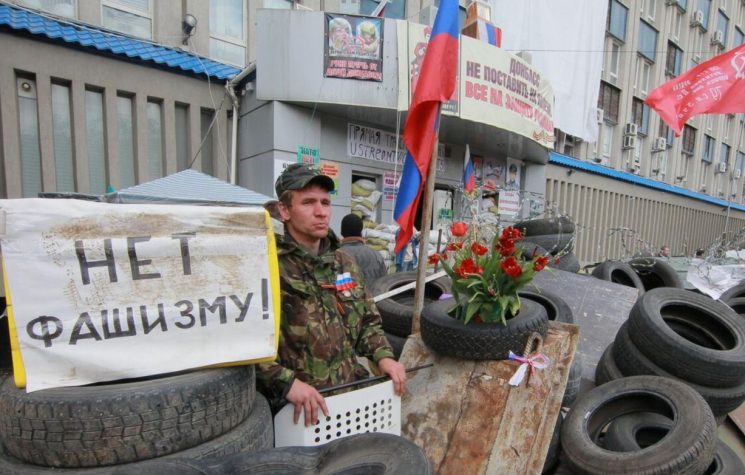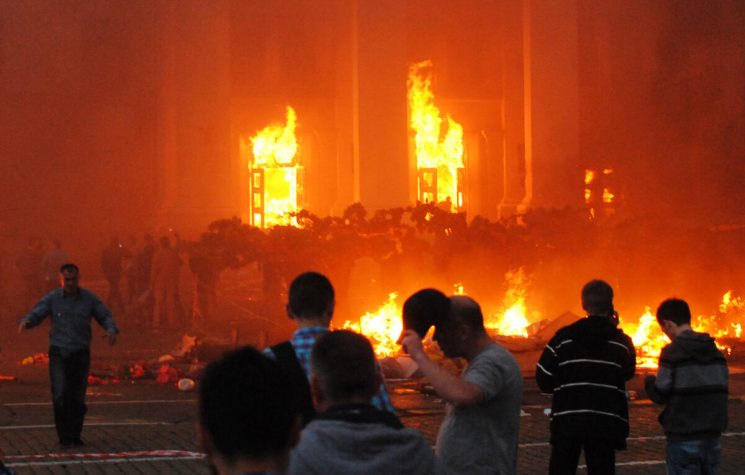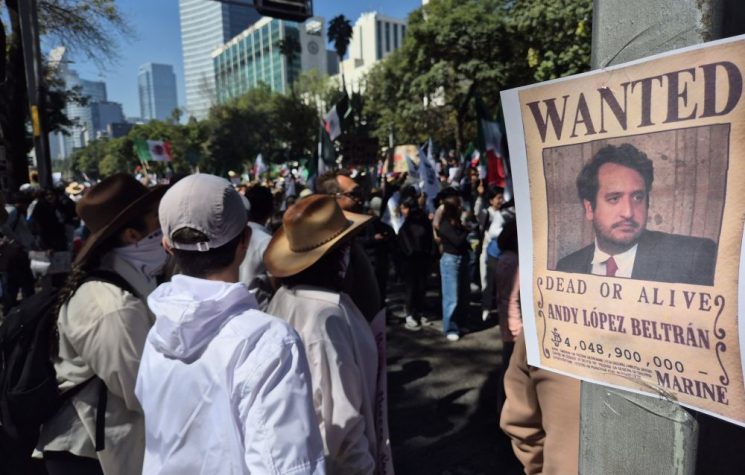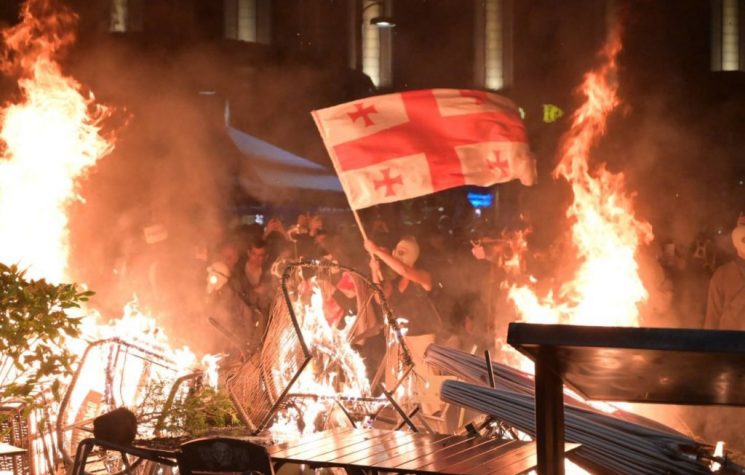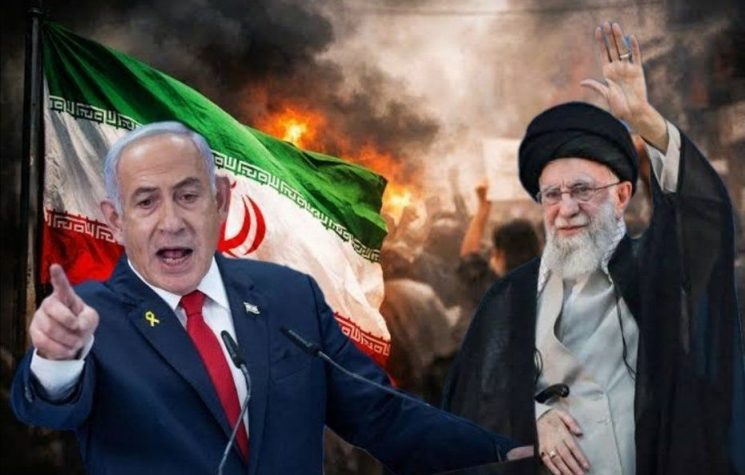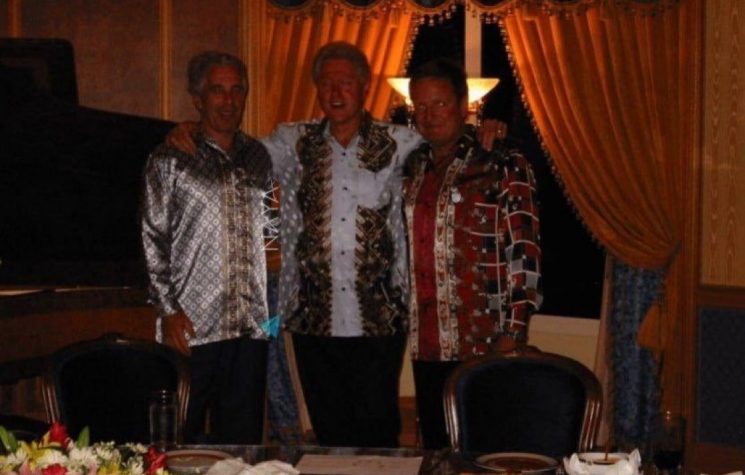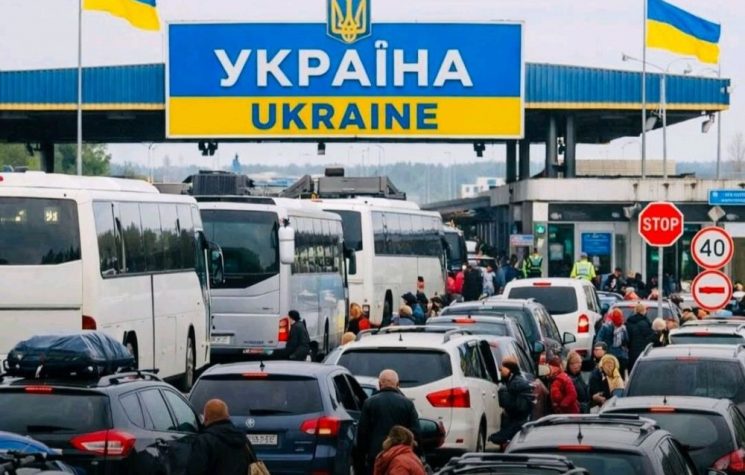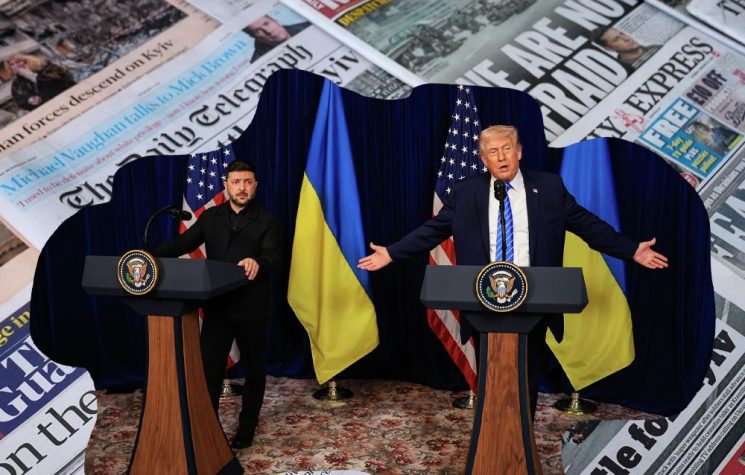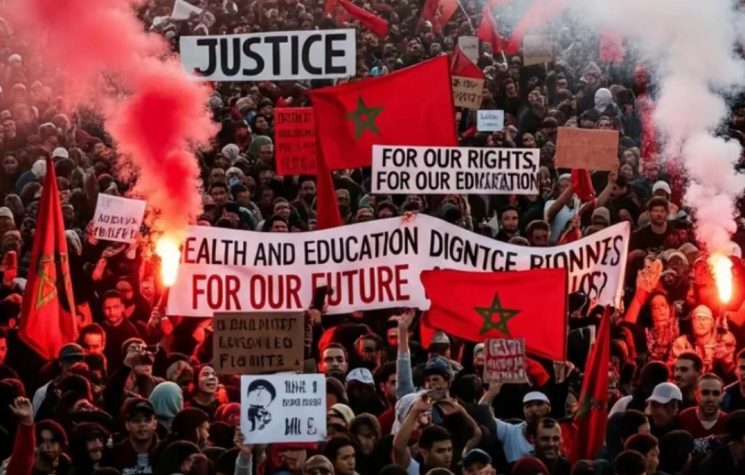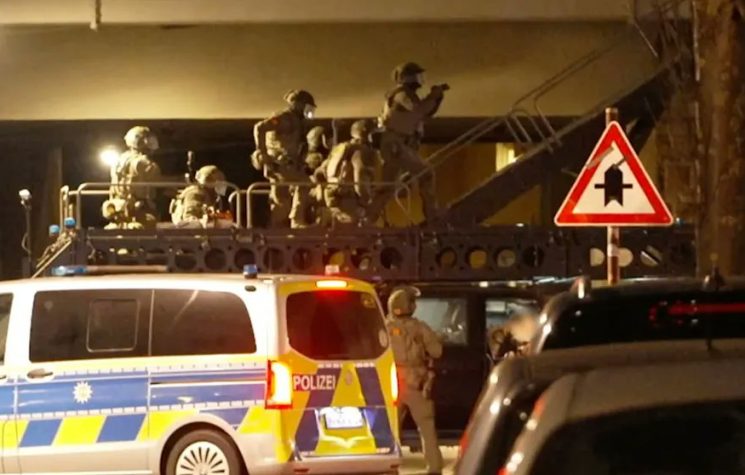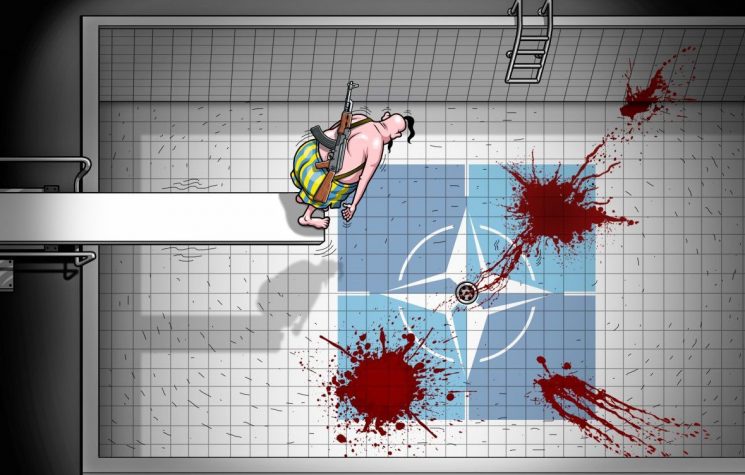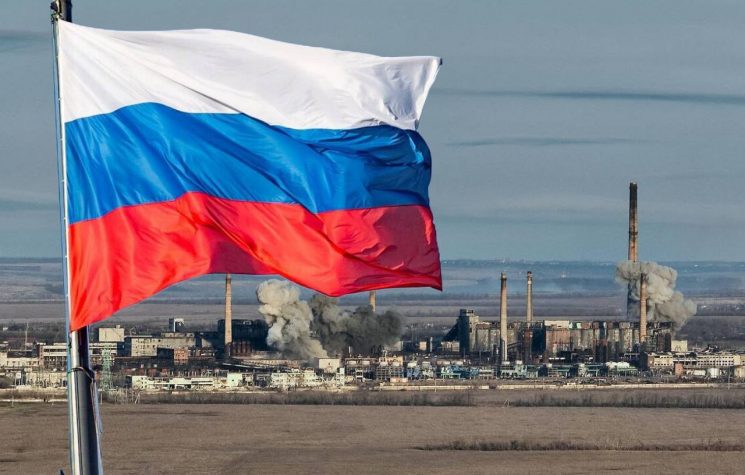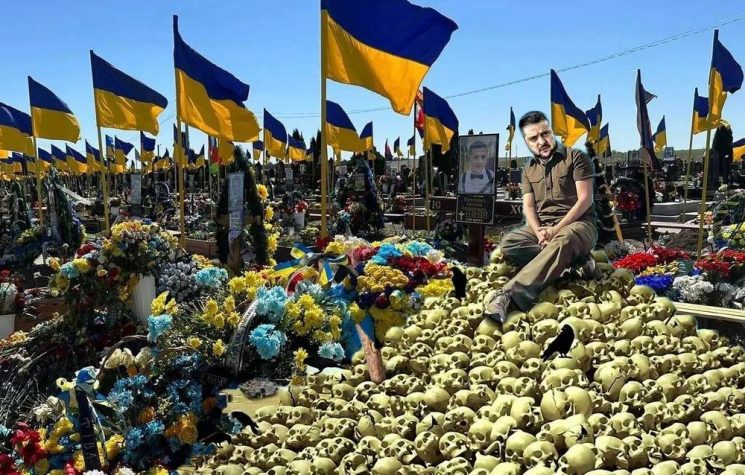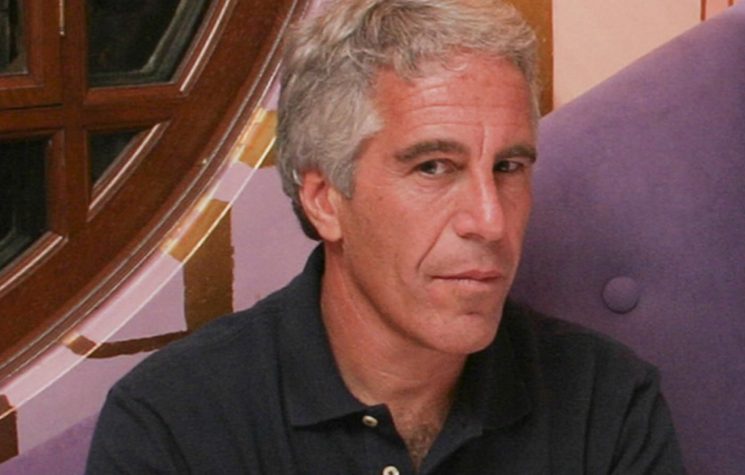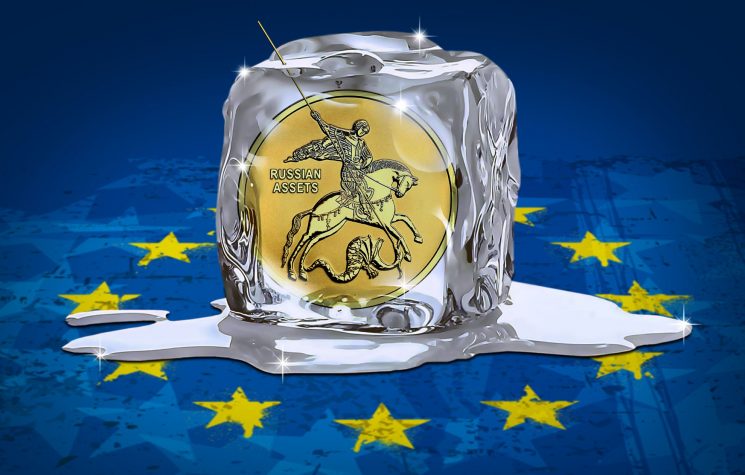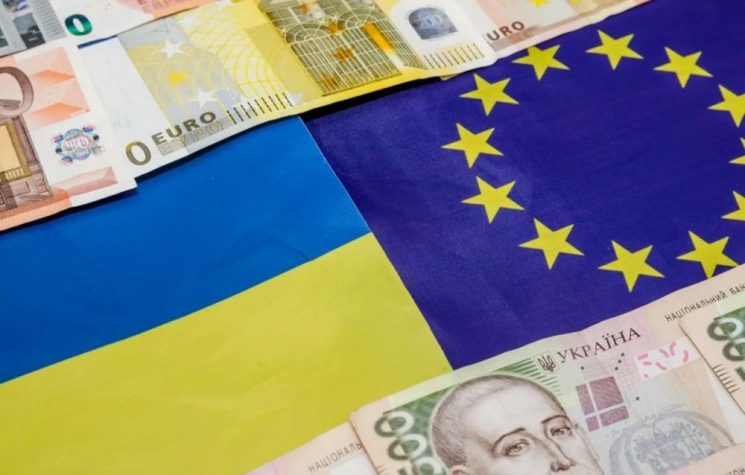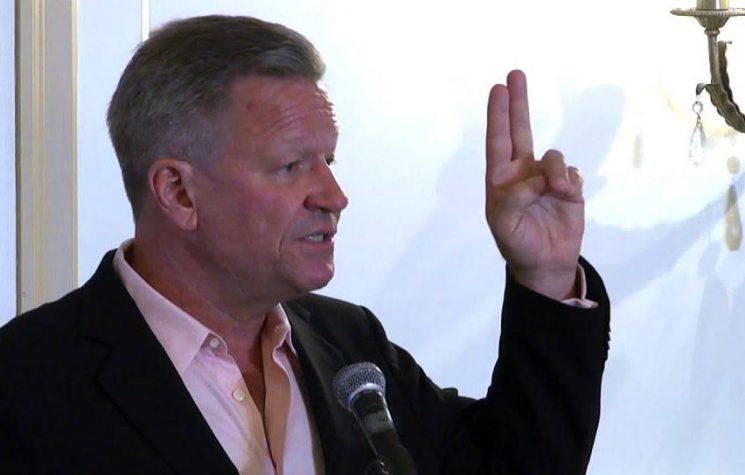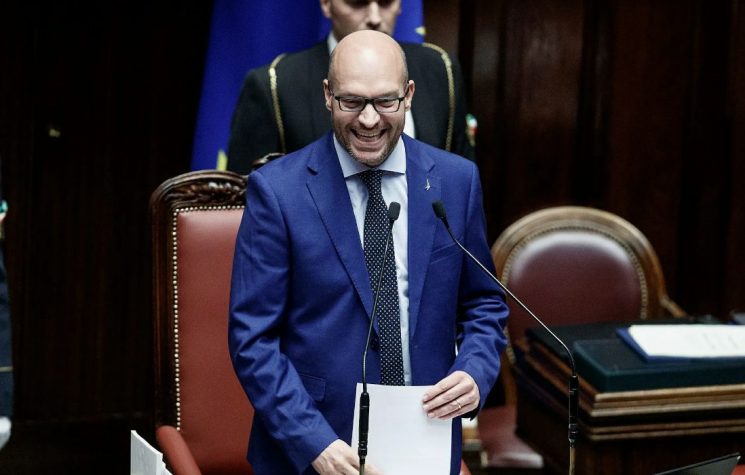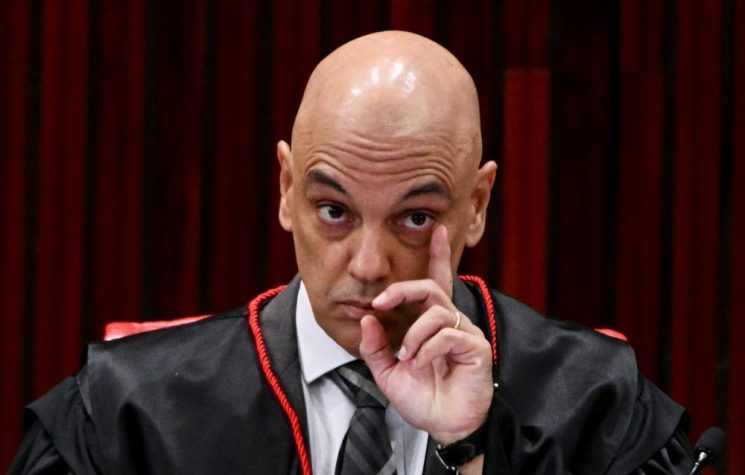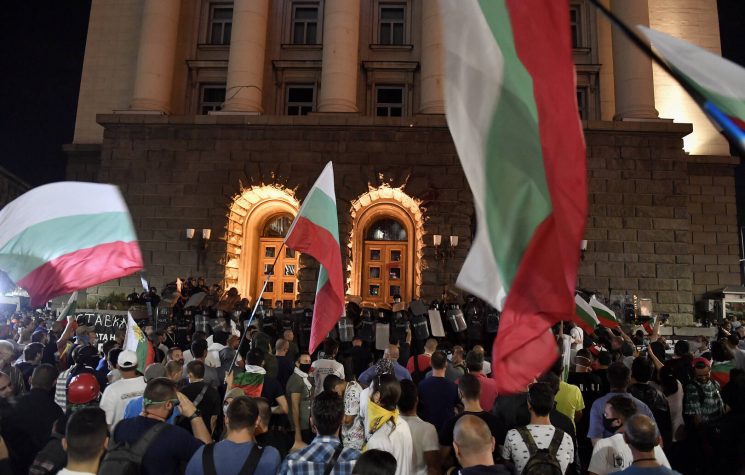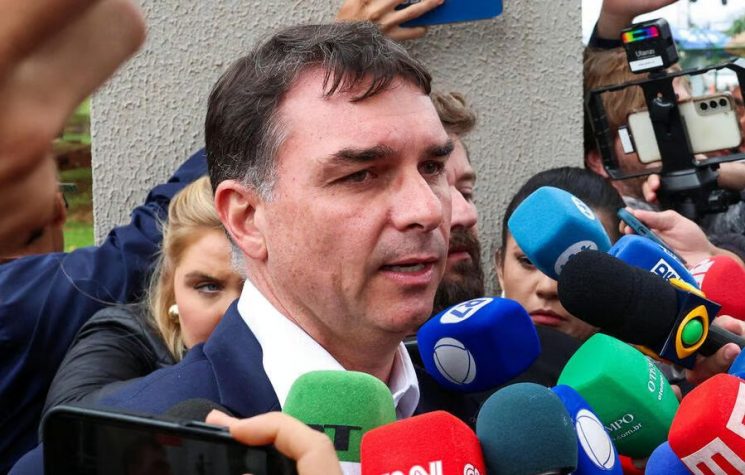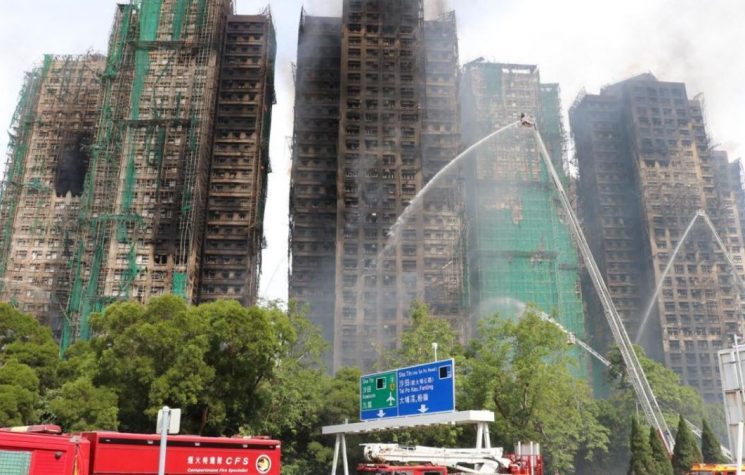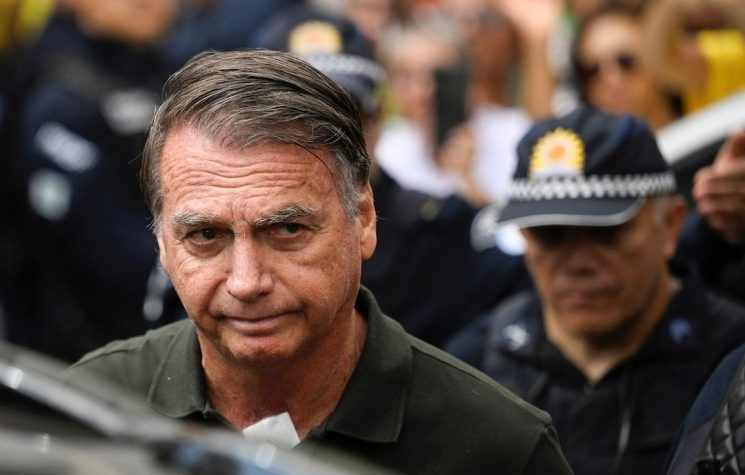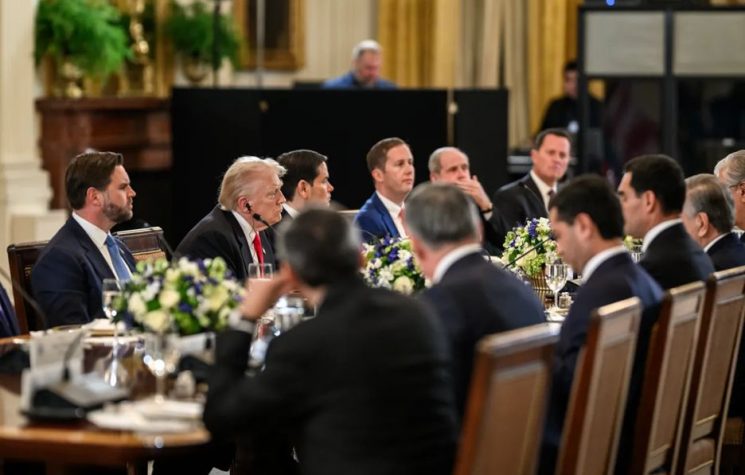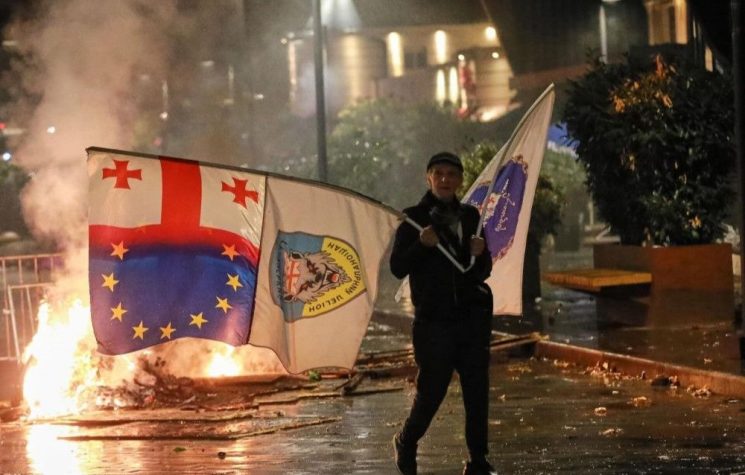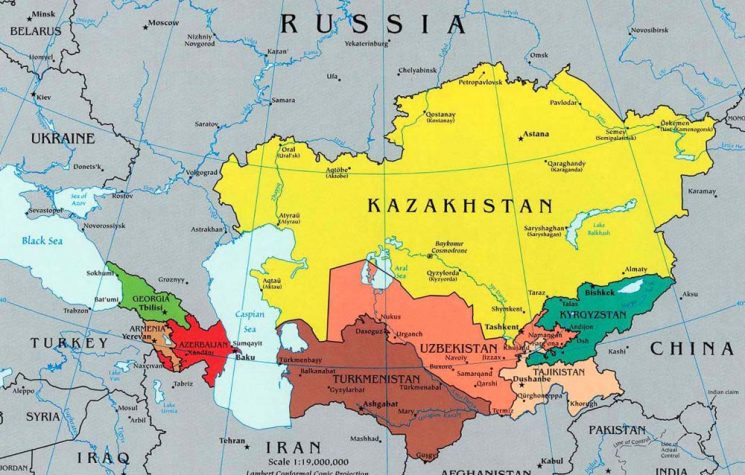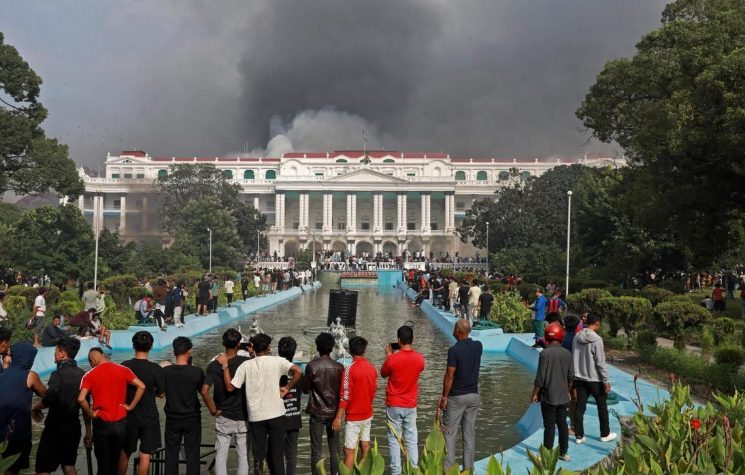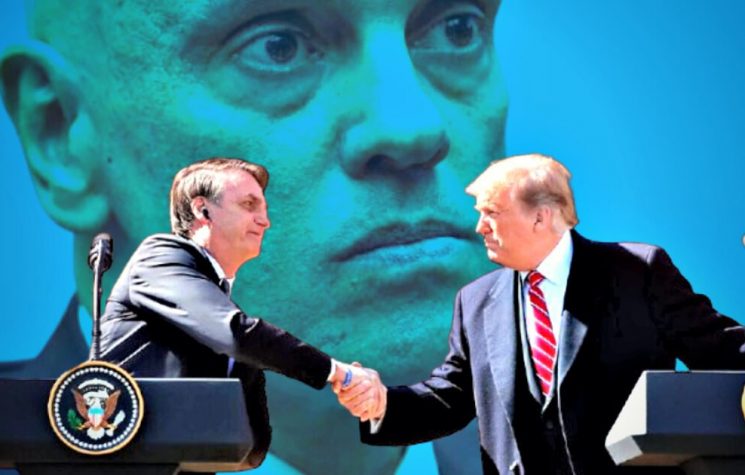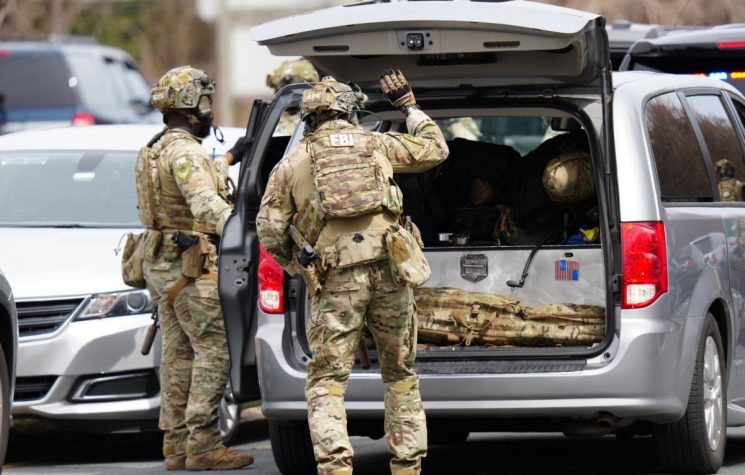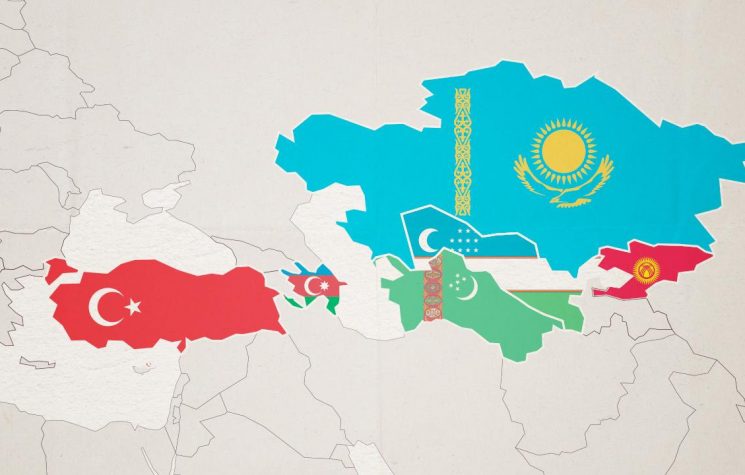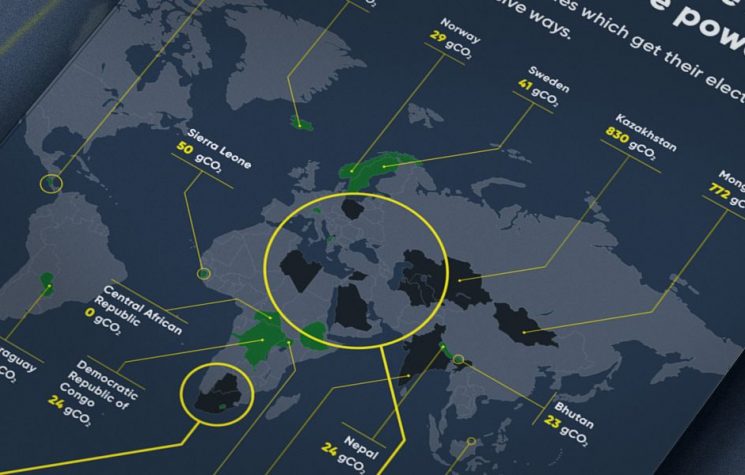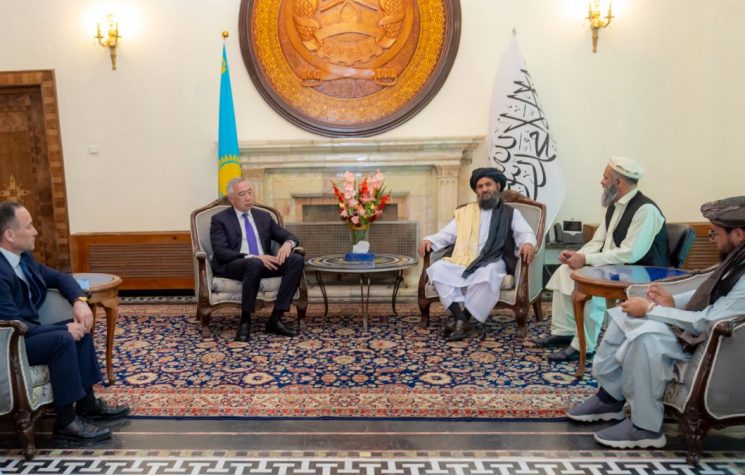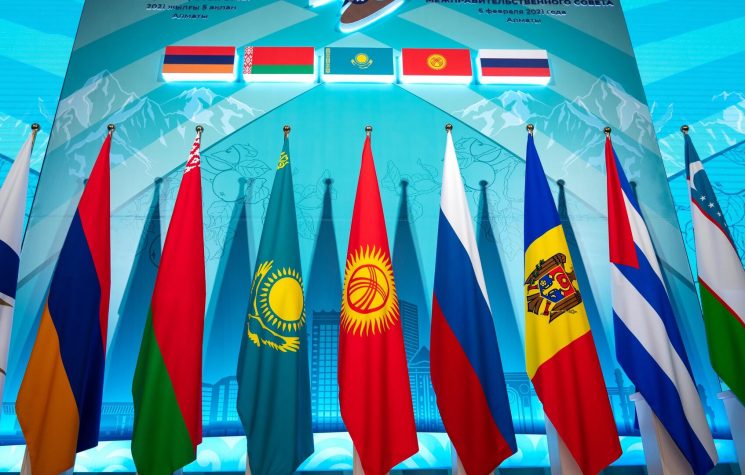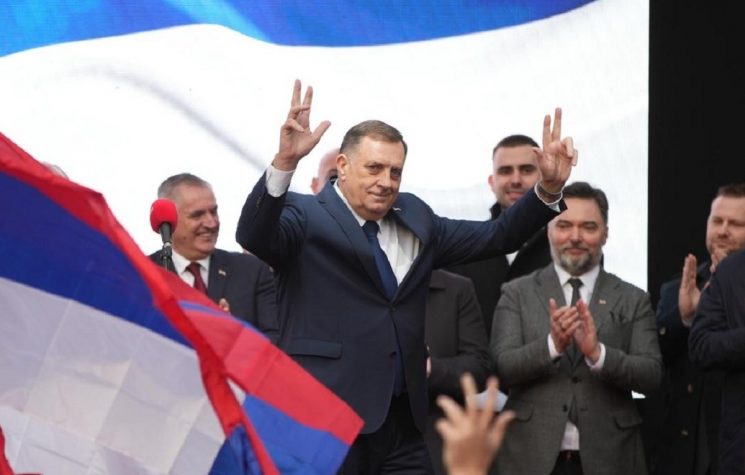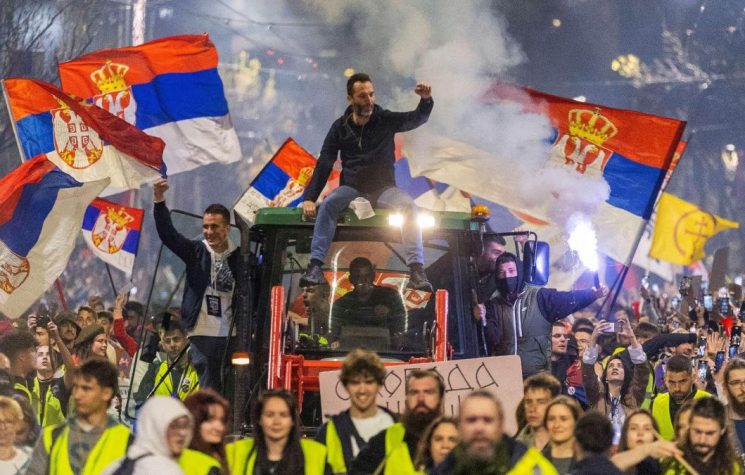Kazakhstan is potentially a watered down version of the Ukrainian Crisis, Tim Kirby writes.
It seems that a very typical Color Revolution scenario is starting to play out in Kazakhstan just as it did in many former Soviet Republics. The big issue for those who are actually concerned with Human Rights is whether this will degenerate into a Ukrainian Maidan type of scenario leading to oppression, war and brutal poverty for the masses. So where is this all going and why is it happening now at this moment in history?

Picture: Augustus Bailey
Why does the chaos in Kazakhstan look like a Color Revolution?
Usually, it is something like elections or a new unpopular policy that gets people out onto the streets. The failed White Ribbon movement of 2010-2011 in Russia was in response to “electoral falsification” that seems to have been falsified itself. The Turkish Gezi Park protests of 2013 vastly overblew issues related to demonstrations for the good said park.

Screenshot: Video of a local Kazakh man saying the people want to live like in “Sweden or Norway” has gone viral on Russian social media. Vague plans with big promises and assertions of Western superiority are textbook Color Revolution strategies.
In the case of Kazakhstan it is the price of natural gas which has (ironically) sparked massive highly organized protests that seem to come out of nowhere. The demands of the disgruntled during a Color Revolution are always either abstract or impossible. Abstract demands are things like “we want Democracy even if we cannot define it” and impossible ones like “the entire government must step down because of feelings” are perfect examples. In Kazakhstan right now the protestors are demanding the latter, that the government should just go quietly off into the night of their own volition.
Since no government in history has unilaterally stepped down because of protestors’ fancy signs and pointing while sputtering we know that this demand cannot be met and thus is used as a justification for revolution and further action.
The Mainstream Media is also critical for any Color Revolution because they are the ones who can convince the public that the actual overthrow of the government has been completed. If every publication in the MSM tomorrow unilaterally said that the dollar is worthless, it would be. Thus, if all media shrieks that a revolution has taken place, then it essentially has. CNN is already on the case weaving their narrative but at least they were fair enough to point out that the government has already buckled to the gas price issue, giving the protestors in theory what they initially wanted, but that is not going to stop their organizers who have a whole laundry list of impossible to meet demands.
Will the scenario in Kazakhstan turn into Ukraine 2.0?
In many ways Ukraine and Kazakhstan are similar but they are far from being the same. Although the territory of Kazakhstan has been a part of Russia for hundreds of years and the majority of the population still prefers to speak Russian, the Ukraine is the inalienable cradle of Russian Civilization while Kazakhstan is a lovely later addition. You simply cannot trace the Tsars all the way back to ancient Almaty. Although the Russian-speaking population of the Eastern Steppe is big they are mostly non-ethnic Russians which can divide feelings in contrast to Russian-speakers in Ukraine, who mostly consider themselves Russian.

Screenshot: Color Revolutions take their toll on monuments – history and reality are the enemy.
As someone who lived in Kazakhstan for two years you could really feel the paradox of Kazakhstan being newly nationalistic yet favorable to the Russian language. The interpretation of historical events like the Russian Revolution and WWII were being quickly rewritten. At the time, even way back then, you could also see (that just like in Ukraine) Kazakhstan was trying hard to squeeze out Russian culture while making sure every child learned top-level English with Hollywood movies galore on TV. Both Kiev and Astana/Nur-Sultan have for years (even before the Maidan) tried to put governmental pressure onto the Russian language. This is an actual example of the “Institutional Racism” that our rainbow-haired friends always talk about, but because it happens to the Evil Russians it never counts.
Kazakhstan was able to drive out about half of its Russian population through various forms of intimidation and racist hiring practices in the government and big business. Non-Kazakhs especially Russians have complained to me that they simply had no choice but to leave or eternally be at the bottom economic rung of society.
This exodus means that only about one in four citizens of Kazakhstan are now Russians and they are mostly in the north. There were many rumors that in the early 90s the upper half of the nation could have broken away as it is far more industrial, Soviet-built, ethnically diverse, Russian-speaking and secular than the south. With far fewer Russians remaining and moving the capital from the extreme far southeast in Almaty, this potentially explosive issue seems to have been resolved, but if Kazakh nationalists start to put together their own Azov Battalions then a break-away people’s republic is sure to form in the north somewhere.

Screenshot: Protestors attack an ambulance. What an odd target.
In short, Kazakhstan’s government has acted much like the one in Ukraine pre-Maidan and there are some similar demographic, linguistic and cultural issues between the two, however they are less extreme as the Ukrainian situation, which almost looks like a nation designed to fail from the start that should break into two more logical pieces. Kazakhstan is potentially a watered down version of the Ukrainian Crisis.
The Russo-American factor is always at play
Coincidences are not proof of conspiracy, but it is certainly interesting that a new Color Revolution on Russia’s former territory that could lead to a Maidan scenario has flared up just days before the potentially historic big negotiation session between Putin and Biden.

Screenshot: Government buildings ablaze – very similar to the Maidan Revolution.
Although it is unclear of what exact positions have been unofficially agreed upon going into the meeting, starting a Color Revolution in Kazakhstan will not sit well with Moscow. However, the necessity to resolve the Ukrainian Crisis and make a final deal about how NATO’s troops and Washington’s nukes will be distributed in Europe is of such great importance to the Russians that anarchy in Kazakhstan can be ignored at least for now and the negotiations will go forward mostly unaffected.
We cannot forget that the U.S. and Russia were on the brink of nuclear war at least twice due to the Maidan Revolution: once over the absorption of the Crimea, and once due to the potential “big one” attack that was supposed to have been launched by an emboldened Kiev when Biden took office. You can only roll the dice so many times before eventually snake eyes come up, and anything happening in the heart of Central Asia cannot be allowed to force the great powers to keep rollin’ them bones.
So will Kazakhstan turn into post-Maidan Ukraine?
This is simply a matter of waiting a year to see if the Russians have really finally mastered the process of deflating Color Revolutions. They lost in Ukraine, won in Belarus and Kazakhstan will be the deciding “best of three” for their hopes of restoring their former glory and sovereign foreign policy.








